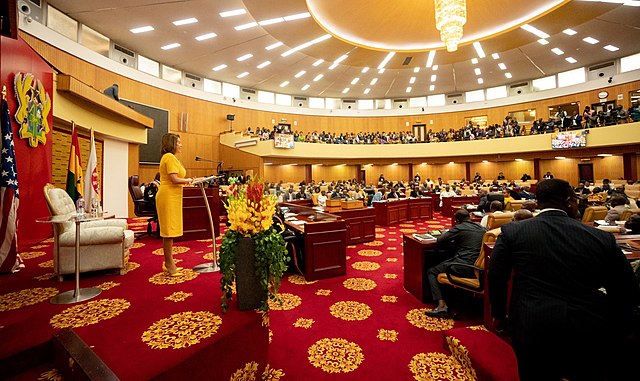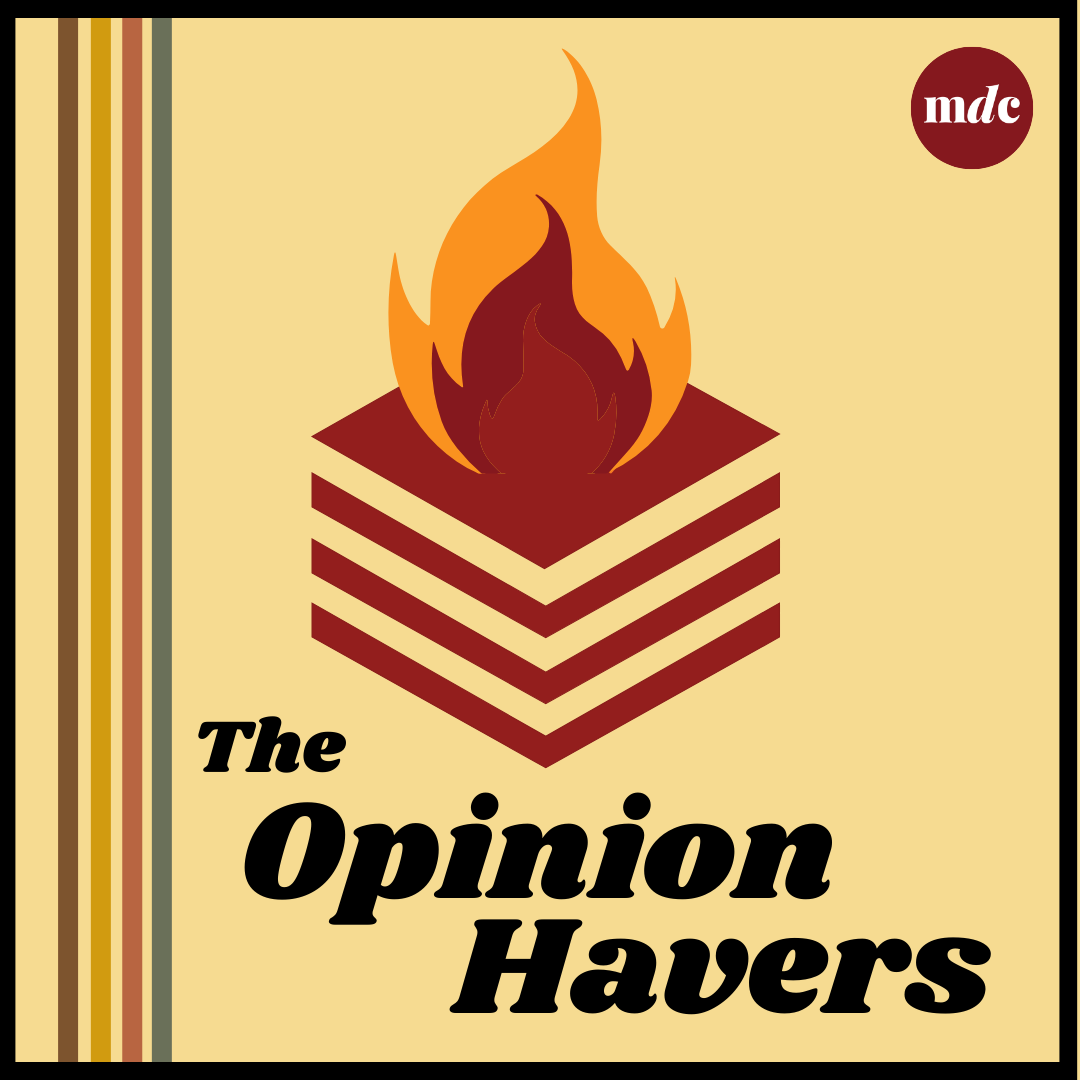
Most people do not know that the Congressional Budget Office (CBO) projects the long-term federal budget 75 years into the future. The latest long-term report from June 2012 projects the budget to 2087 and excludes the so-called fiscal cliff’s changes to U.S. tax policy — sort of. The CBO uses two different scenarios: (1) the extended baseline scenario, which assumes that all of the Bush tax cuts would expire and that sequestration would go into effect and (2) the extended alternative fiscal scenario, which assumes that all Bush tax cuts remain in effect. What did they find?
Under the extended alternative option, the U.S. national debt skyrockets. Why? Because tax policies created under George W. Bush combine with increased spending due to the aging and retirement of baby boomers. Scot Lehigh of The Boston Globe made a statement late last week that sheds light on this whole issue, saying, “At 70 to 75 million, the baby boomers are, by historical standards, an anomalously large generation.” As this generation ages and retires, Social Security and Medicare spending will jump, which corresponds with the ever-increasing national debt. Not only is this problem real, it is just beginning: the first baby boomers (defined as those born between 1946 and 1964) just started turning 65 in 2011, and not all will be of retirement age until 2029.
On the bright side, at least both houses of Congress are working on budgets this week. Just yesterday, former Republican VP nominee and House Budget Committee Chairman Paul Ryan proposed his “new” budget, which balances the budget over the next 10 years. According to The Washington Post, Ryan’s plan includes $2.7 trillion in cuts to Medicare, Medicaid, and the Affordable Care Act health subsidies and $1 trillion in cuts to “other mandatory” programs such as food stamps, student loans and worker pensions with no details. He wants to reduce agency spending by $250 billion while restoring $500 billion to Defense. The plan keeps the billions of dollars in fiscal cliff tax increases. Senate Democrats are putting together a budget for the first time in four years, according to The New York Times. It focuses on closing tax loopholes that benefit large corporations, particularly multinationals, and loopholes that benefit wealthy Americans.
Historically, taxes and spending as a percentage of GDP hovered around 20 percent. However, under the alternative estimate, spending will average 27.7 percent from 2012 to 2087, while taxes will average only 19 percent, which leaves a fiscal gap of 8.7 percent of GDP added to the national debt. Over 75 years that number will become astonishing (and certainly unsustainable). Using the baseline estimate, where Bush tax cuts expire for all Americans, including the middle class and poor, spending will average 24.5 percent of GDP while taxes will average 25.6 percent of GDP from 2012 to 2087. This leaves a fiscal gap of -1.1 percent of GDP, which would help decrease the national debt. Ryan’s plan cuts spending and taxes both down to around 19 percent of GDP, while the Democrats’ plan keeps spending closer to the CBO baseline, while trying to raise enough tax revenue to cover the fiscal gap.
The real question is where we, as a nation, intend to invest. The one constant in this budget equation is that at least 70 million baby boomers will retire and require Social Security benefits and Medicare coverage. Variables include higher tax rates, cutting non-entitlement spending, curbing the growth of entitlement spending, and eliminating some tax expenditures, such as the carried interest loophole and tax breaks for oil companies.
Tax reform is the ultimate necessity. First, Congress must end the Bush tax cuts for all individuals making over $150,000 (the fiscal cliff resolution did this for all individuals making over $400,000). Second, Congress must eliminate the Social Security (payroll) tax cap of $113,000, which increases every year based on inflation. According to a 2010 report from the Congressional Research Service (CRS), taxing income above the cap, while retaining the cap for benefit calculations, would eliminate 115 percent of the projected 75-year budget shortfall and allow the U.S. to cut payroll tax rates from 12.40 percent to 12.12 percent. Third, tax expenditures for large corporations and wealthy Americans must end. As Reuters columnist David Cay Johnston noted in 2012, U.S. companies hold over $5.1 trillion in idle cash reserves both overseas and domestically. Economists know this is dangerous and lobbied for the creation of an idle cash tax. While the legal framework for taxing idle or excess cash reserves exists, the mechanism has a loophole that allows the cash to sit overseas, as Johnston states, “Internal Revenue Code Section 531 applies to all corporations… Reagan signed Section 532 (c), which made that explicit, though with an exception for untaxed offshore profits.” U.S. banks held excess reserves of over $1.6 trillion in 2011, up from only $20 billion in 2007, according to Robert Pollin’s “The great US liquidity trap.” Pollin suggests an excess reserve tax that would raise millions of dollars while incentivizing banks to invest billions of dollars in the economy.
A recent viral video on income inequality references a Harvard study that shows public opinion is entirely wrong about the distribution of income in the U.S. A survey of 5,000 Americans showed that 92 percent want the top 20 percent of Americans to have 30 percent of the wealth; it also showed that they believe the top 20 percent has about 60 percent, but, in reality, the top 20 percent have over 80 percent of the wealth, leaving only 17 percent for the rest of us.
This brings the argument back to one fundamental choice: do we cut Social Security and Medicare or do we raise taxes in the reasoned way presented above? Corporations and the wealthy control more of this nation’s wealth than they did in 1776 or 1976. As Franklin Roosevelt once said, “The liberty of a democracy is not safe if the people tolerate the growth of private power to… [become] stronger than the their democratic state itself. That, in its essence, is fascism.” We are more at risk of FDR’s fabled fear than ever before, and the choice we have is whether to use public policy to roll back the overwhelming power of private firms and the wealthy or to cut social programs to provide corporate welfare and tax windfalls to the rich.
Zac Bears is a Collegian columnist. He can be reached at [email protected].










![By freestocks.org [Creative Commons Zero], via Wikimedia Commons](https://dailycollegian.com/wp-content/uploads/2024/04/Picture1-1.png)


john anthony • Mar 13, 2013 at 3:33 pm
The Top 20% starts at a $92,000 houshold income …not exactly Wealthy. The top 3% is $200,000 to $249,999 per houshold. Those in top 3% are not oppresors more like upper middle class. I would imagine 250K for a household with 3 kids in Mass is not exactly super wealthy either.
The number to look at is the top 1%..which has not changed all that much. taking out 1976
From Wikipedia
Year Bottom 99% Top 1%
1922 63.3% 36.7%
1933 66.7% 33.3%
1945 70.2% 29.8%
1953 68.8% 31.2%
1965 65.6% 34.4%
1976 80.1% 19.9%
1986 68.1% 31.9%
1995 61.5% 38.5%
2001 66.6% 33.4%
2010 64.6% 35.4%
Sources: 1922-1989 data from Wolff (1996), 1992-2010 data from Wolff (2012)[22]
22 Wealth, Income, and Power by G. William Domhoff of the UC-Santa Barbara Sociology Department
David Hunt 1990 • Mar 13, 2013 at 2:31 pm
To which I reply:
Eat The Rich!
http://www.youtube.com/watch?feature=player_embedded&v=cdbRKfXyQEw